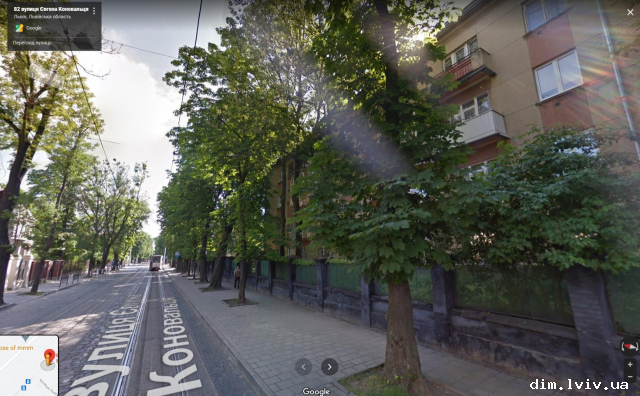| Description: |
Urgent sale 2-room. apartments in the elite area of Lviv st. Konovalets (Zalizniak). The apartment is spacious with a balcony. Rooms are adjoining. There is a gas column for hot water. Well-preserved parquet. Quiet and cozy courtyard, where you can safely park and leave the car without worrying about its safety. The apartment is located on the 2nd floor of a 4-storey building. Total area 45 sq.m, kitchen 7 sq.m. The area is interesting because there are schools, a recreation park, a stadium for those who love sports.The apartment is free and ready for sale.The house was built for the families of officers, built in the 1950s. In Poland, this large plot under the conscription number 1961 1/4 belonged to František Stefczyk, a Polish cooperative activist, the founder of the first rural savings and credit unions, which were popularly called "Stefczyk's cash registers".At the corner of Zaliznyaka Street, Bocharovsky's large mansion-style villa with massive Corinthian columns, stylized in Art Deco, attracts attention. It was built in 1925 according to the design of Jan Noworyta. The Heavenly B&B is now housed here.Nearby are:Villa Dembitska was built in 1903 by order of Wanda Dembitska. The project was designed in 1902 by architect Napoleon Lushchkevych. The building is made in the Art Nouveau style.Villa of Juliusz Rice, built in 1903 by architect Eugene Veselovsky. The house is made with stylized Baroque elements.Villa Victoria was built in 1909 in the style of rational secession designed by Józef Piontkowski for Victoria Friedman.At the intersection of Konovalets, Na Baiky (now Kyivska Street) and Vyshnevetsky streets (now Rusovykh Street), a small square appeared, called "Five Corners" by Lviv residents.Kulparkivsky Square was laid near the turning ring of the tram route № 2 in the 1950s. Behind him, a platform has been set up to stop suburban trains on the Lviv-Chernivtsi line. The railway station was here in the early twentieth century, it is reminiscent of a small house by the track.The French family owned a gypsum quarry and a factory at the end of what is now Konovalets Street. And the whole neighborhood was called Frantsivka for a long time. Later, the Sand Lakes and a sports park named Gdańsk in the 1920s appeared on the site of the quarries. In 1960-1970, part of the park was built up with 9-storey houses and dormitories, and the Tourist hotel complex appeared. In recent years, construction of the park is underway. |

/img/no-account.png)
